Outline is Representative of Size and Shape:



Fishtail
Classic
Name Details:
Identified By: Carl H Chapman
Named For: Carl H Chapman
Date Identified: 1948
Type Site: Various sites, Cole County, Missouri
Identified By: Carl H Chapman
Named For: Carl H Chapman
Date Identified: 1948
Type Site: Various sites, Cole County, Missouri
Point Validity:
Valid type
Chapman was a distinguished anthropologist and professor emeritus at the University of Missouri. This type was named in a professional publication and is widely recognized as a valid type.
Chapman was a distinguished anthropologist and professor emeritus at the University of Missouri. This type was named in a professional publication and is widely recognized as a valid type.
Dalton Auriculate
AKA: Dalton FishtailCluster: Dalton Cluster
Description of Physical Characteristics and Flaking Pattern:
This is a medium to large auriculate point. The cross section may range from elliptical to flattened. The blade is primarily an outward recurvate shape due to a constricted waist or hafting area, which forms auriculate or ears. The blade is commonly serrated, but lacks beveling. The degree of constricting may vary. The base is concave. Grinding is seen on the hafting area and basal grinding and flaking are common. Some basal flaking may give the appearance of fluting. The flaking pattern can vary from oblique transverse, horizontal transverse, collateral, or random.
Size Measurements:
Total Length - 20 to 120 mm (average 35 to 55 mm), Blade and Basal Width - 19 to 35 mm, Basal Concavity - 3 to 12 mm
Total Length - 20 to 120 mm (average 35 to 55 mm), Blade and Basal Width - 19 to 35 mm, Basal Concavity - 3 to 12 mm
Commonly Utilized Material:
Available high quality and exotic material. Heat treatment was used on materials most benefiting from this practice (Morrow, 2016) . Barren Fork Chert
Available high quality and exotic material. Heat treatment was used on materials most benefiting from this practice (Morrow, 2016) . Barren Fork Chert
Additional Comments:
This cluster represent a change in lifestyle from the Paleo to the Archaic periods. This change was marked by a change in projectile points and a change in tools utilized (introduction of the adz and hafted scrappers) (W2).
The Meserve has been considered a western extension of the Dalton point. The over all appearance and the re-sharpening techniques may tie the two points together. However, Goodyear (1982), suggest the they are not the same, but that the Meserve point are Plano Lanceolate points (Plainview, Fredrick, etc) that have been re-sharpened using the same technique as those used to re-sharpen the Dalton point (Justice, 1987).
Morrow (2016) notes that many Dalton points have an extensive degrees of resharpening, due to being used as hafted knives and saws. Many other examples show impact fractures suggesting their use as projectile points. Daltons are among the earliest forms to be used for the dual purpose of being a knife, projectile point, and various other tools, a pattern that continues into latter points of the Early Archaic period.
This cluster represent a change in lifestyle from the Paleo to the Archaic periods. This change was marked by a change in projectile points and a change in tools utilized (introduction of the adz and hafted scrappers) (W2).
The Meserve has been considered a western extension of the Dalton point. The over all appearance and the re-sharpening techniques may tie the two points together. However, Goodyear (1982), suggest the they are not the same, but that the Meserve point are Plano Lanceolate points (Plainview, Fredrick, etc) that have been re-sharpened using the same technique as those used to re-sharpen the Dalton point (Justice, 1987).
Morrow (2016) notes that many Dalton points have an extensive degrees of resharpening, due to being used as hafted knives and saws. Many other examples show impact fractures suggesting their use as projectile points. Daltons are among the earliest forms to be used for the dual purpose of being a knife, projectile point, and various other tools, a pattern that continues into latter points of the Early Archaic period.
Distribution: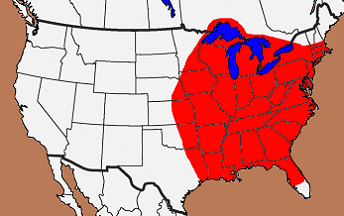

Distribution Comments:
This point is most commonly found in the mid to lower Mississippi River valley and into the Tennessee River Valley. This point is found with decreased frequency in the Ohio River Valley and into the eastern United States and southeastern Canada. The northern distribution of the map above includes the common distribution of the Hi-Lo point. It has been suggested that the Dalton point does not extend into these areas, but instead represent a variation of the Hi-Lo point.
This point is most commonly found in the mid to lower Mississippi River valley and into the Tennessee River Valley. This point is found with decreased frequency in the Ohio River Valley and into the eastern United States and southeastern Canada. The northern distribution of the map above includes the common distribution of the Hi-Lo point. It has been suggested that the Dalton point does not extend into these areas, but instead represent a variation of the Hi-Lo point.
Age / Periods:
Date: 10,500 - 8,500 B.P.
Cultural Period: Transitional Paleo
Glacial Period: Early Holocene
Culture: Dalton Culture
Date: 10,500 - 8,500 B.P.
Cultural Period: Transitional Paleo
Glacial Period: Early Holocene
Culture: Dalton Culture
Age Details:
Goodyear (1974) gives a temporal span of 8,500 to 7,900 B.C.E. Morrow (2016) feels this time frame should be extended to approximately 7500 B.C.E., when notched and stemmed Early Archaic forms become common in the Upper Mississippi River Valley.
Goodyear (1974) gives a temporal span of 8,500 to 7,900 B.C.E. Morrow (2016) feels this time frame should be extended to approximately 7500 B.C.E., when notched and stemmed Early Archaic forms become common in the Upper Mississippi River Valley.
Similar Points:
Chipola, Clovis, Debert, Fredrick, Golondrina, Hardaway, Holland, Meserve, Plainview, San Patrice
Chipola, Clovis, Debert, Fredrick, Golondrina, Hardaway, Holland, Meserve, Plainview, San Patrice
Other points in this cluster / Related / Associated Points:
Beaver Lake, Dalton Breckenridge, Dalton Colbert, Dalton Greenbrier, Dalton Hemphill, Dalton Hempstead, Dalton Nuckolls, Dalton Sloan, Hi-Lo, Quad, Russell Cave
Beaver Lake, Dalton Breckenridge, Dalton Colbert, Dalton Greenbrier, Dalton Hemphill, Dalton Hempstead, Dalton Nuckolls, Dalton Sloan, Hi-Lo, Quad, Russell Cave

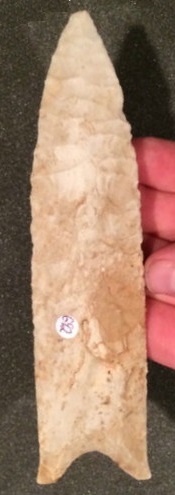
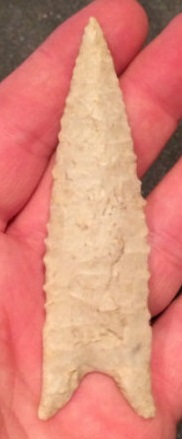
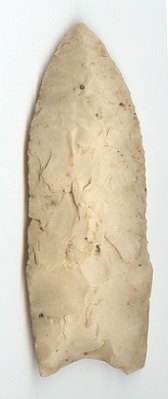
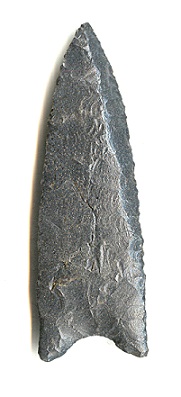
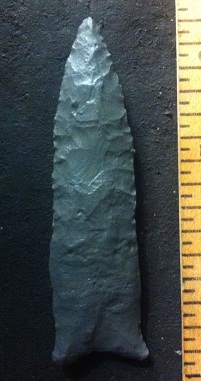
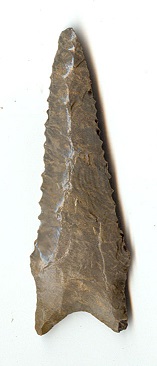
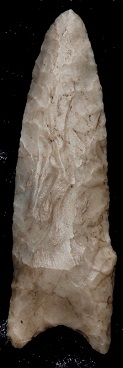
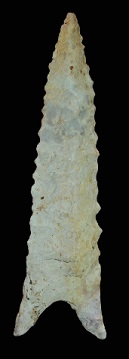
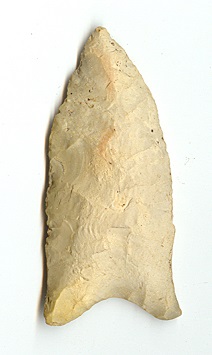
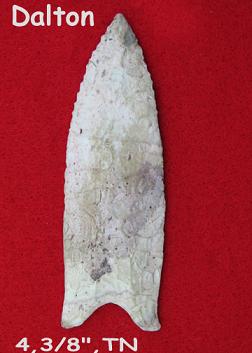
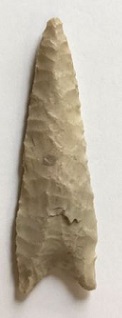
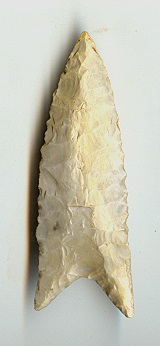
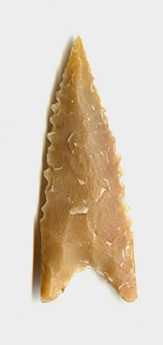
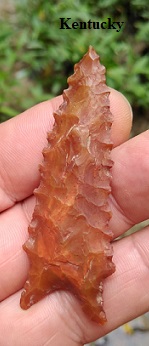
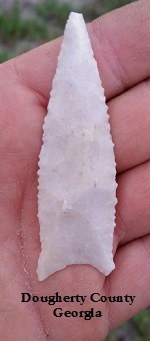
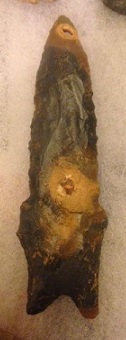
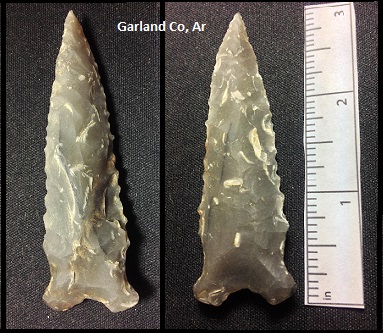
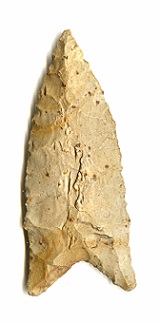
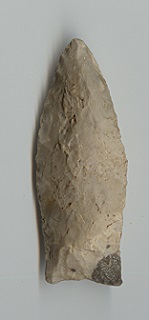
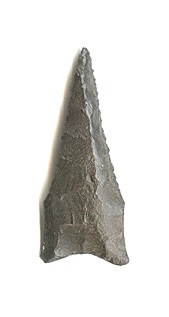
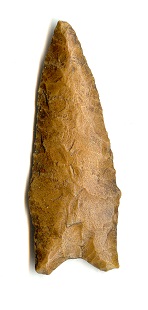
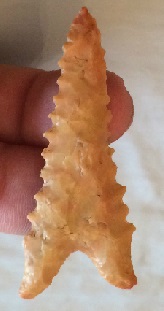
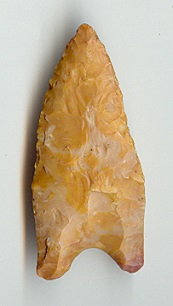
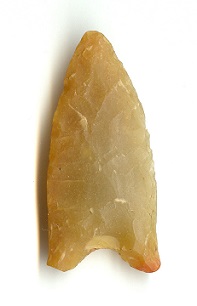
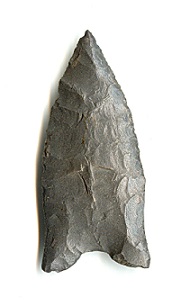
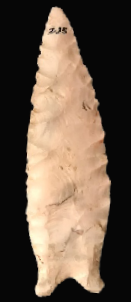
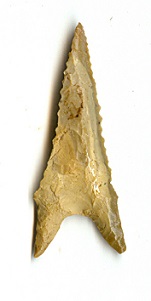
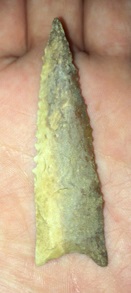
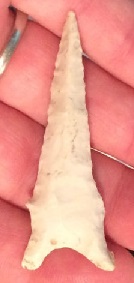
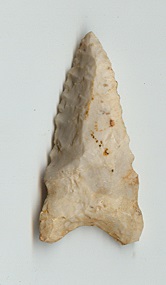
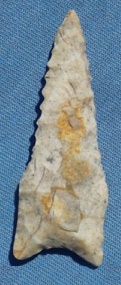
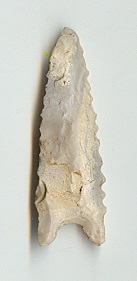
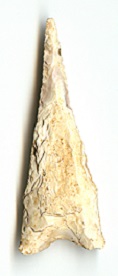
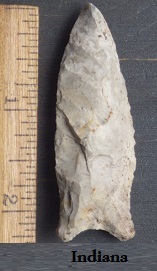
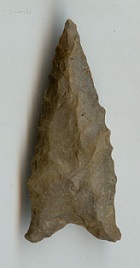
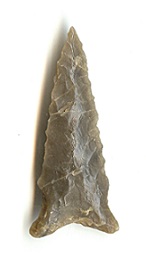
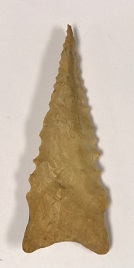
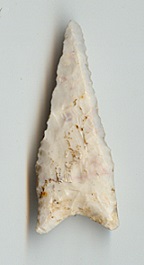
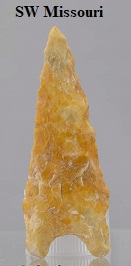
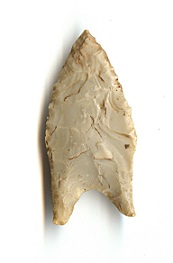
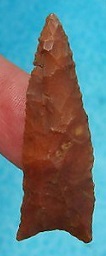
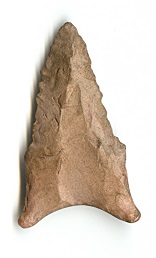
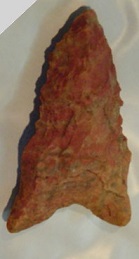
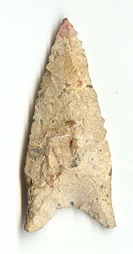
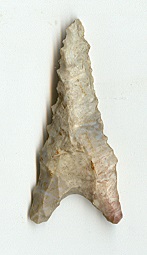
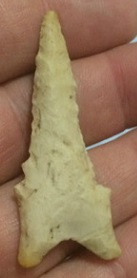
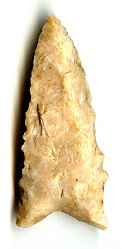
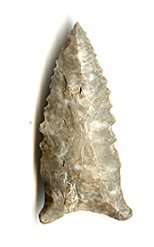

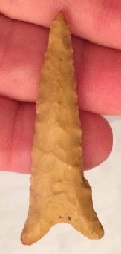
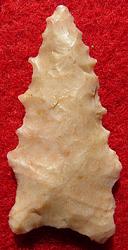
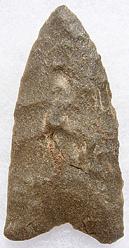
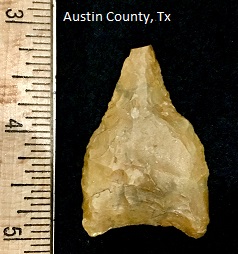
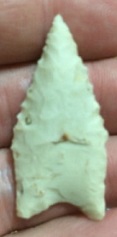
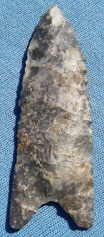
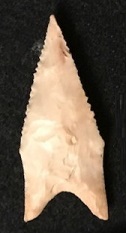
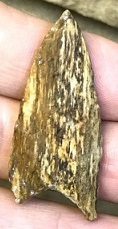
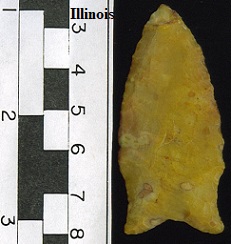
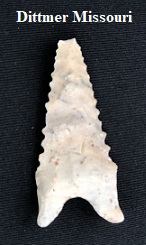
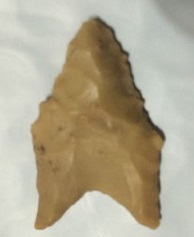
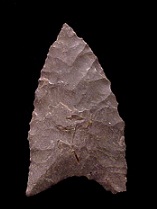
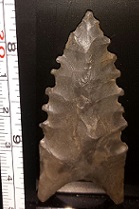
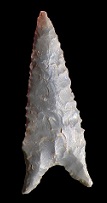

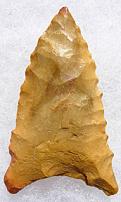
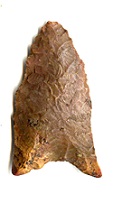
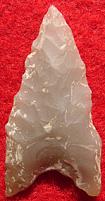
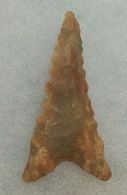
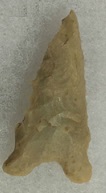
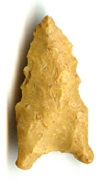
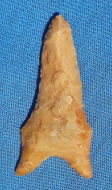

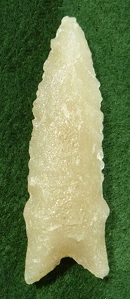
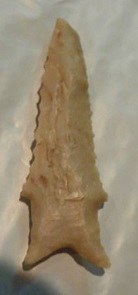
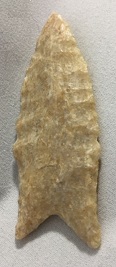
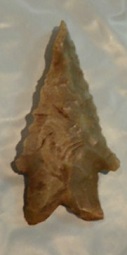
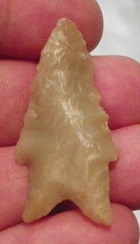
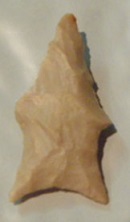
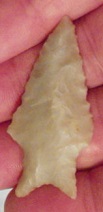
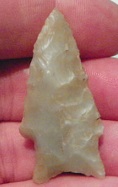
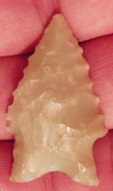
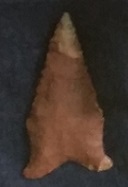
.gif)